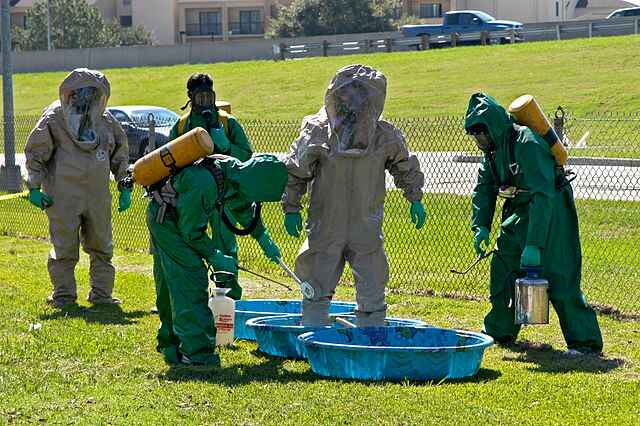Green chemistry, also known as sustainable chemistry, is an area of chemistry that focuses on designing products and processes that minimize the use and generation of hazardous substances. This field presents both challenges and opportunities as society seeks more environmentally friendly and sustainable solutions. Here are some key challenges and opportunities in the field of green chemistry:
Challenges:
Substitution of Hazardous Chemicals:
- Challenge: Finding suitable, non-toxic alternatives to traditional, hazardous chemicals can be challenging. Identifying substances that perform the same functions without causing harm to human health or the environment can be a complex task.

- Challenge: Finding suitable, non-toxic alternatives to traditional, hazardous chemicals can be challenging. Identifying substances that perform the same functions without causing harm to human health or the environment can be a complex task.
Cost Competitiveness:
- Challenge: Green alternatives may sometimes be more expensive than traditional methods. Finding economically viable green processes and materials is crucial for widespread adoption.
Education and Awareness:
- Challenge: There is a need for increased education and awareness among chemists, engineers, and the general public about the principles and benefits of green chemistry. This involves changing mindsets and overcoming resistance to new, sustainable practices.
Integration into Existing Industries:
- Challenge: Integrating green chemistry principles into existing industries may require significant changes to established processes and infrastructure. This transition can be met with resistance due to the costs and complexities involved.
Global Collaboration:
- Challenge: Green chemistry often involves global issues such as resource depletion and climate change. Collaborative efforts and international cooperation are crucial for addressing these challenges on a large scale.
Opportunities:
Innovation and New Technologies:
- Opportunity: Green chemistry promotes innovation in the development of new technologies and methodologies that are more sustainable. This can lead to the creation of novel materials, processes, and products.
Regulatory Support:
- Opportunity: Increasing recognition of the importance of sustainable practices has led to the development of supportive regulations and incentives for companies adopting green chemistry principles. This provides a favorable environment for the growth of sustainable initiatives.
Market Demand for Sustainable Products:
- Opportunity: There is a growing consumer demand for environmentally friendly and sustainable products. This trend creates opportunities for businesses to develop and market products that align with green chemistry principles.
Resource Efficiency:
- Opportunity: Green chemistry emphasizes the efficient use of resources, leading to reduced waste and energy consumption. This not only benefits the environment but also contributes to cost savings for businesses.
Collaboration Across Disciplines:
- Opportunity: Green chemistry encourages collaboration across scientific disciplines, bringing together chemists, engineers, biologists, and environmental scientists. This interdisciplinary approach can lead to more holistic and effective solutions.
Life Cycle Assessment:
- Opportunity: Conducting life cycle assessments (LCA) to evaluate the environmental impact of products and processes helps identify areas for improvement and supports the development of more sustainable alternatives.
In conclusion, while challenges exist in the adoption of green chemistry, the opportunities for innovation, market growth, and positive environmental impact make it a promising field for the future. Continued research, education, and collaboration are essential to overcoming challenges and realizing the full potential of green chemistry.











